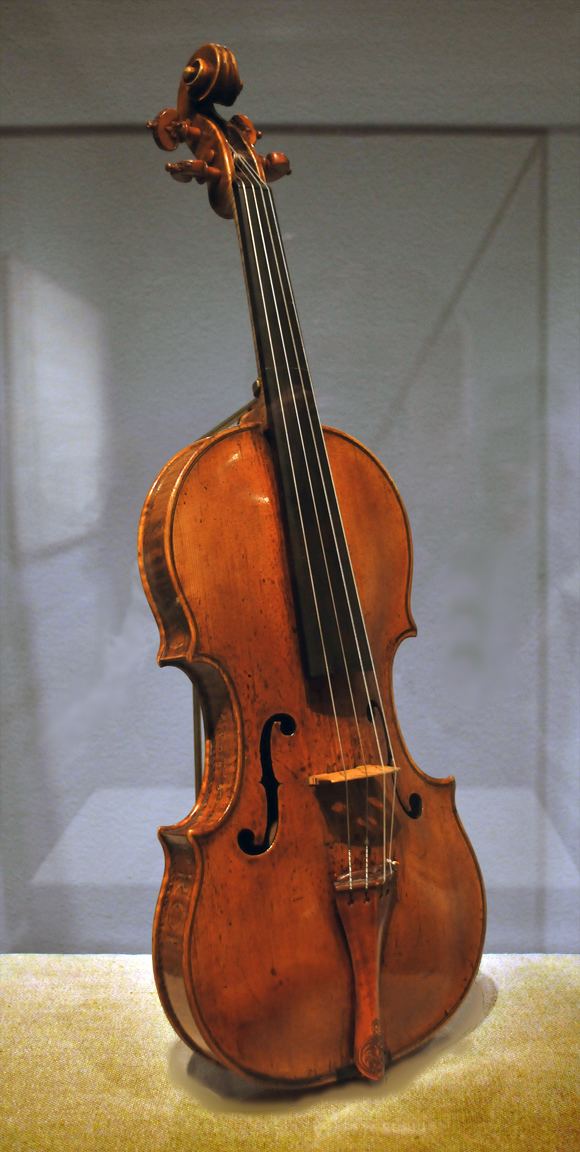 | ||
The first last cry of my amati violins
Amati is the last name of a family of Italian violin makers, who lived at Cremona from about 1538 to 1740. Their importance is considered equal to those of the Bergonzi, Guarneri and Stradivari families. Today, violins created by Nicolò Amati are valued at around $600,000.
Contents
- The first last cry of my amati violins
- Andrea Amati
- Antonio and Girolamo Amati
- Nicolo Amati
- Girolamo Amati Hieronymus II
- United Kingdom
- United States
- In popular culture
- References

Andrea Amati
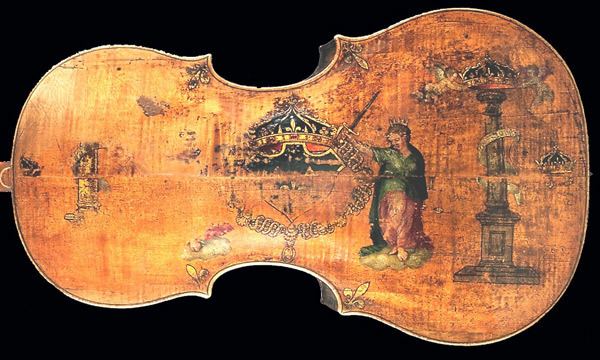
Andrea Amati (ca. 1505 – ca. 1578) designed and created the violin, viola and cello known as the "violin family". He standardized the basic form, shape, size, materials and method of construction. Makers from nearby Brescia experimented, such as Gasparo da Salò, Micheli, Zanetto and Pellegrino but it was Andrea Amati in Cremona Italy, who gave the modern violin family their definitive profile.

The first violin was ordered by Lorenzo De Medici in 1555. His letter to Amati stated the instrument was to be "made of the highest quality materials like that of a lute, but simple to play". The first violin was intended to be used by illiterate musicians, so the design was simple and it was easy to play. What became of this first violin is not known. A number of his instruments survived for some time, dating between 1538 (Amati made the first Cello called 'The King' in 1538 [1]) and 1574. The largest number these are from 1560, a set for an entire orchestra of 38 ordered by Catherine De Medici the regent queen of France and bore hand painted royal French decorations in gold including the motto and coat of arms of her son Charles IX of France. Of these 38 instruments ordered, Amati created violins of two sizes, violas of two sizes and large sized cellos. They were in use until the French revolution of 1789 and only 14 of these instruments survived. His work is marked by selection of the finest materials, great elegance in execution, soft clear amber, soft translucent varnish, and an in depth use of acoustic and geometrical principles in design.
Antonio and Girolamo Amati
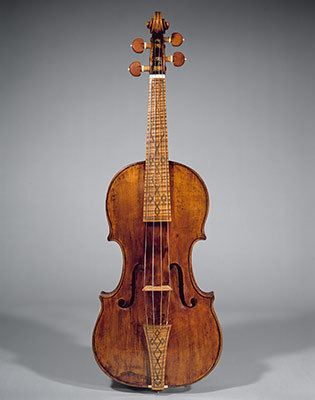
Andrea Amati was succeeded by his sons Antonio Amati (ca. 1537–1607) and Girolamo Amati (ca. 1551–1630). "The Brothers Amati", as they were known, implemented far-reaching innovations in design, including the perfection of the shape of the f-holes. They are also thought to have pioneered the modern alto format of viola, in contrast to older tenor violas, but the widespread belief that they were the first ones to do so is incorrect given that Gasparo da Salo made violas ranging from altos of 39 cm to tenors of 44.7 cm.
Nicolo Amati

Nicolò Amati (December 3, 1596 – April 12, 1684) was the son of Girolamo Amati. He was the most eminent of the family. He improved the model adopted by the rest of the Amatis and produced instruments capable of yielding greater power of tone. His pattern was unusually small, but he also made a wider model now known as the "Grand Amati", which have become his most sought-after violins.
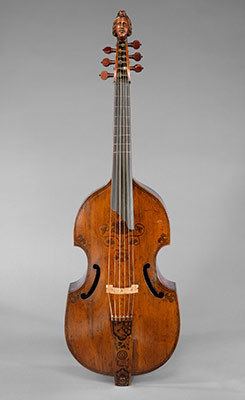
Of his pupils, the most famous were Antonio Stradivari and Andrea Guarneri, the first of the Guarneri family of violin makers. (There is much controversy regarding the apprenticeship of Antonio Stradivari. While Stradivari's first known violin states that he was a pupil of Amati, the validity of his statement is questioned.)
Girolamo Amati (Hieronymus II)

The last maker of the family was Nicolo's son, Girolamo Amati, known as Hieronymus II (February 26, 1649 – February 21, 1740). Although he improved on the arching of his father's instruments, by and large they are inferior and no match for the greatest maker of his day, Antonio Stradivari.
United Kingdom
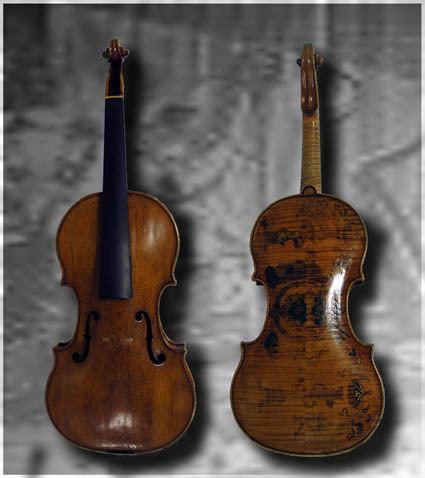
Instruments in the UK include Andrea Amati violins from the set delivered to Charles IX of France in 1564.

